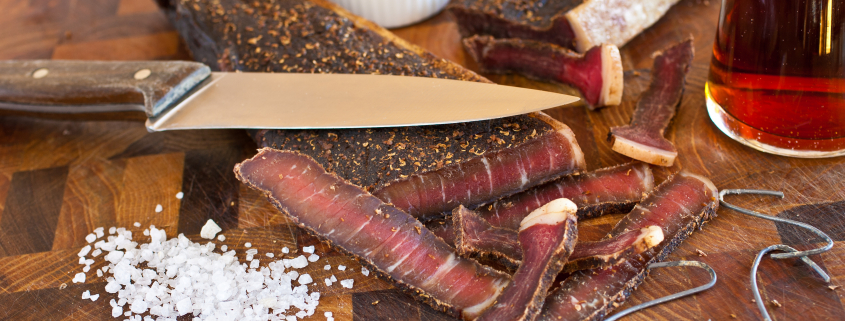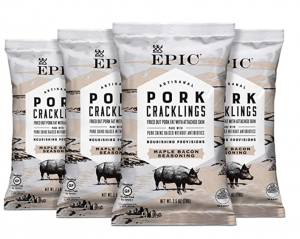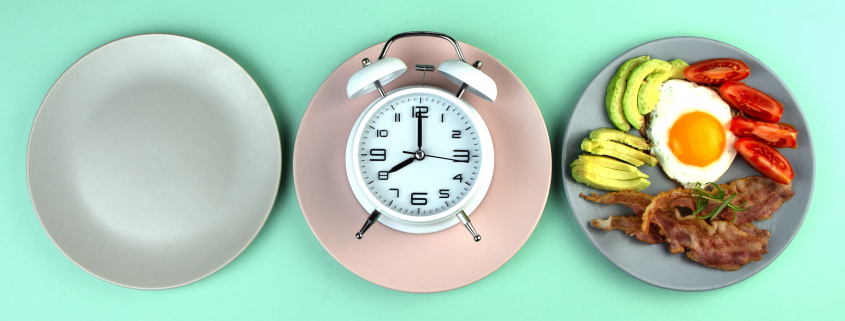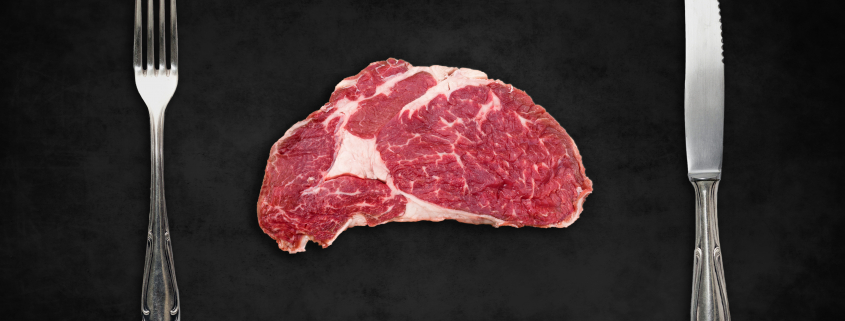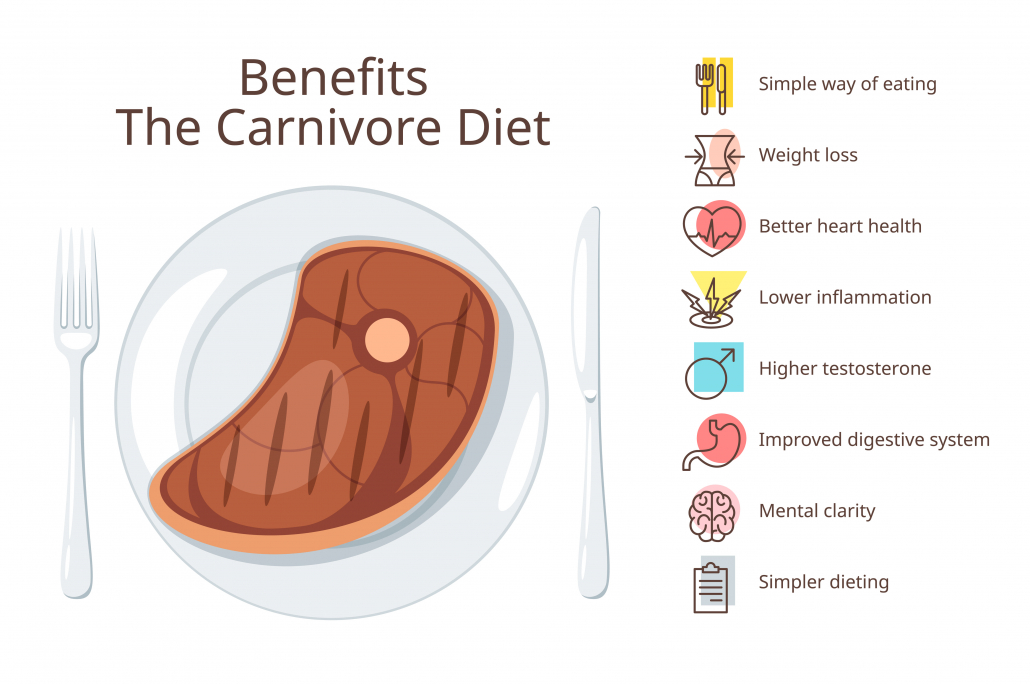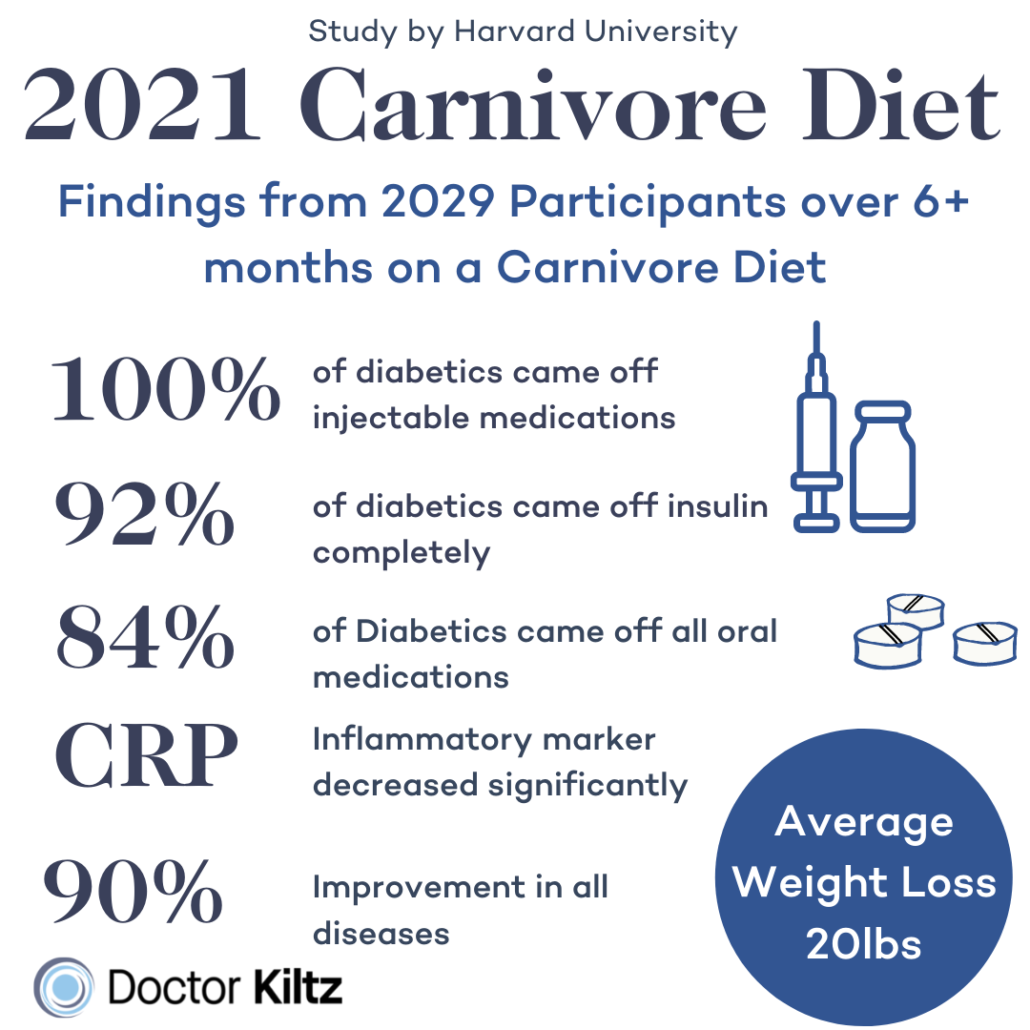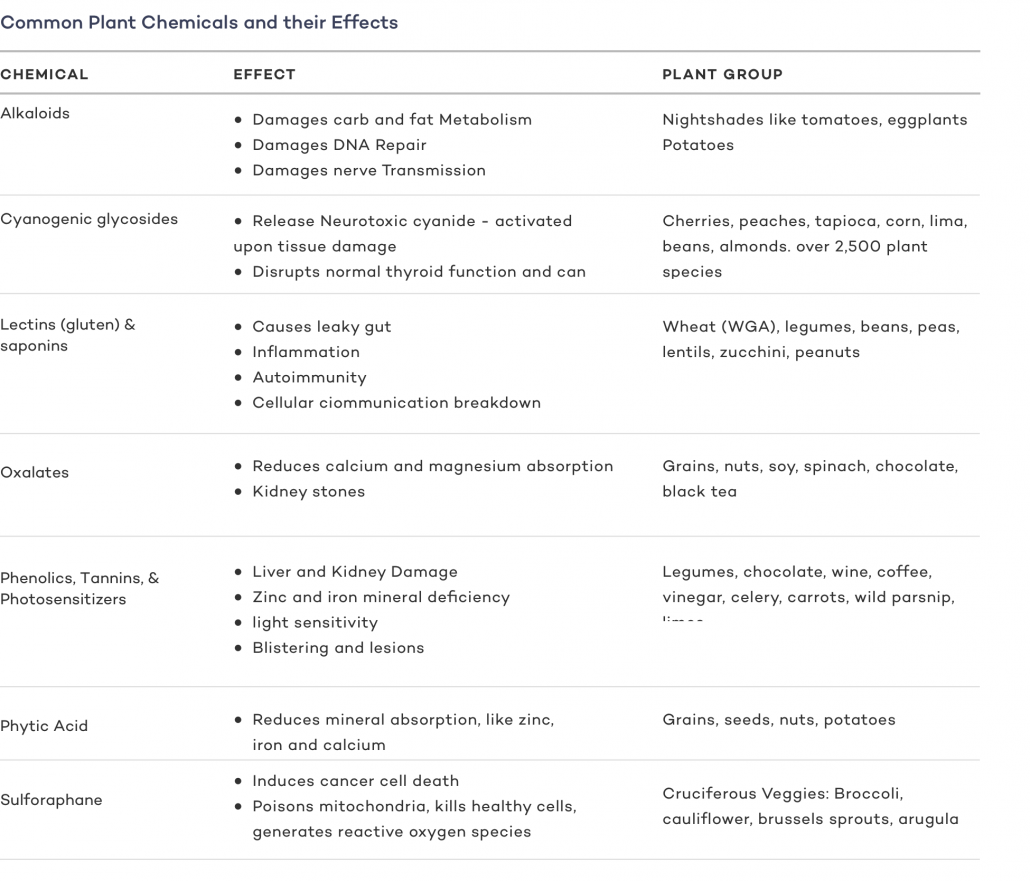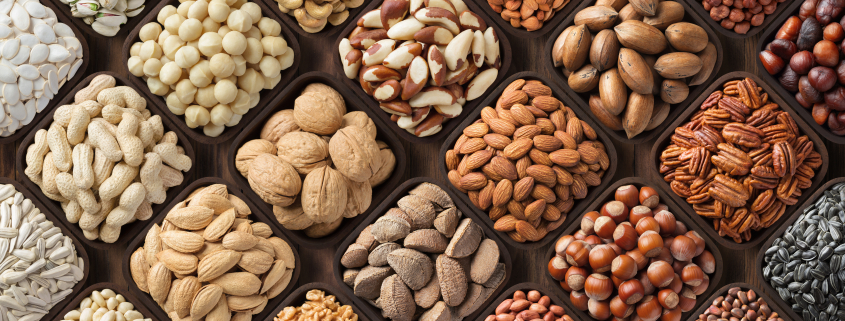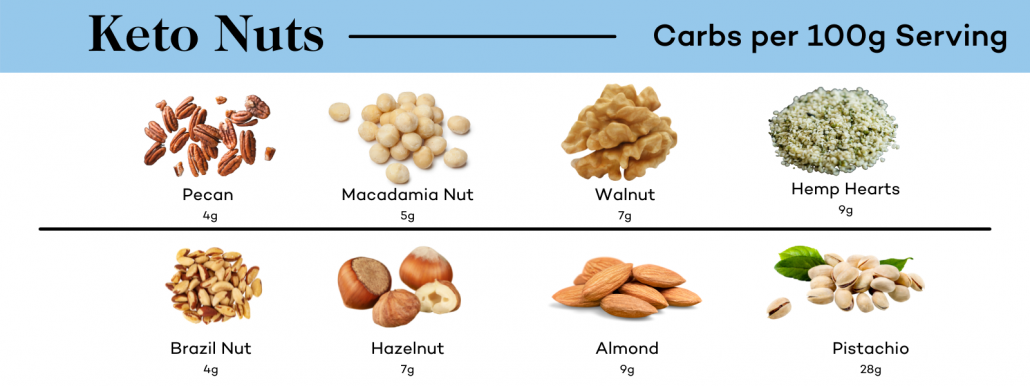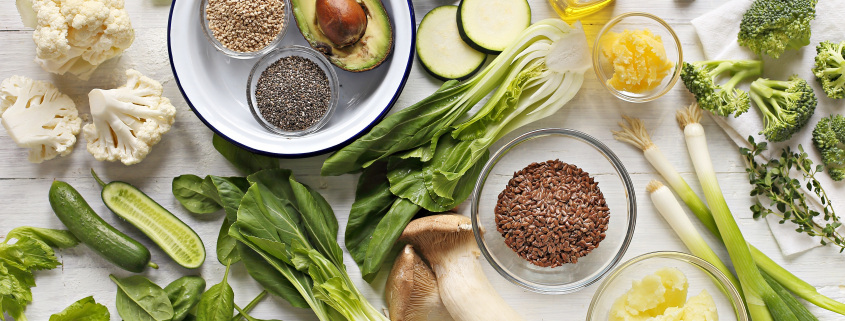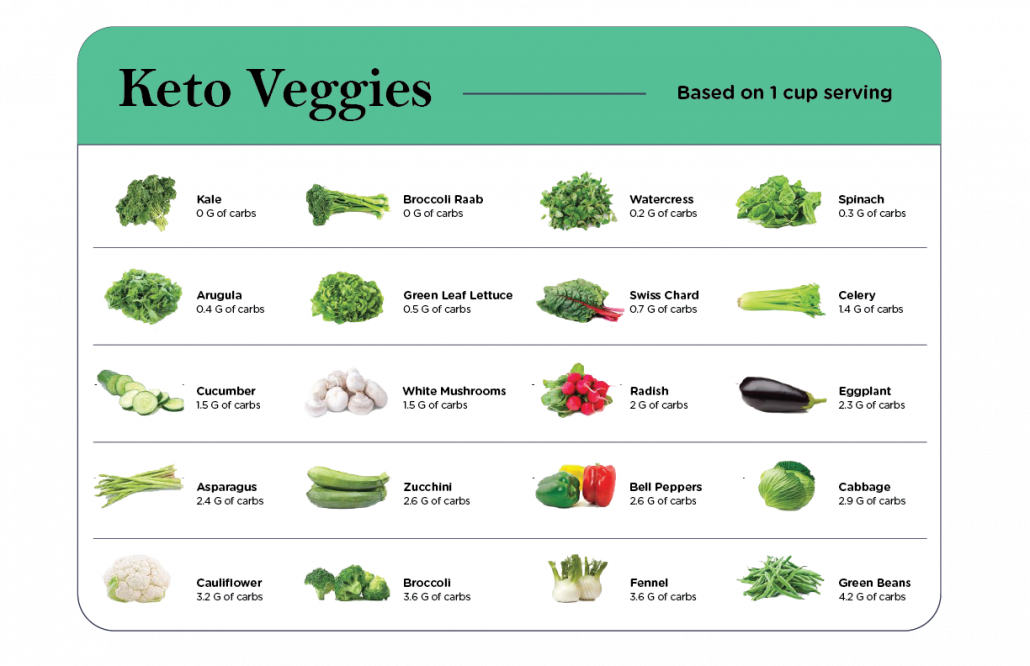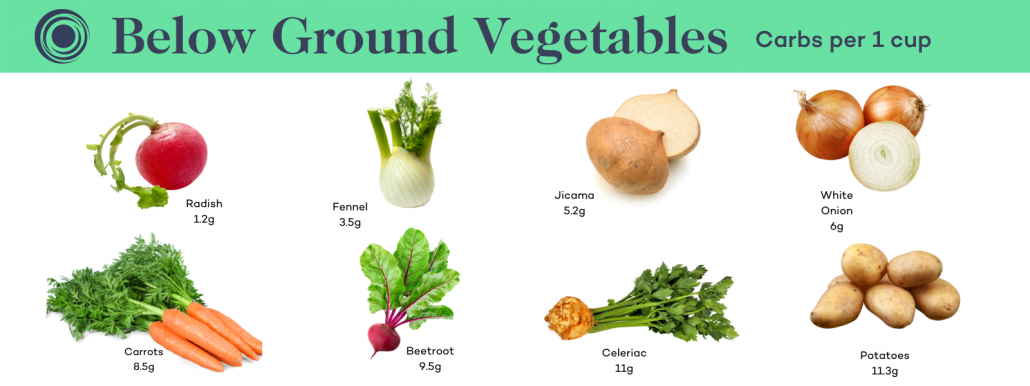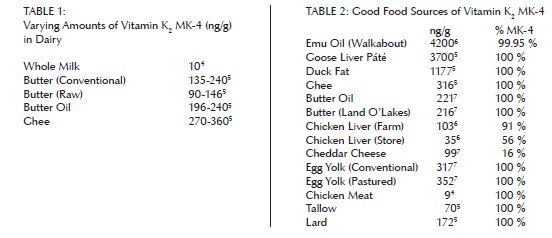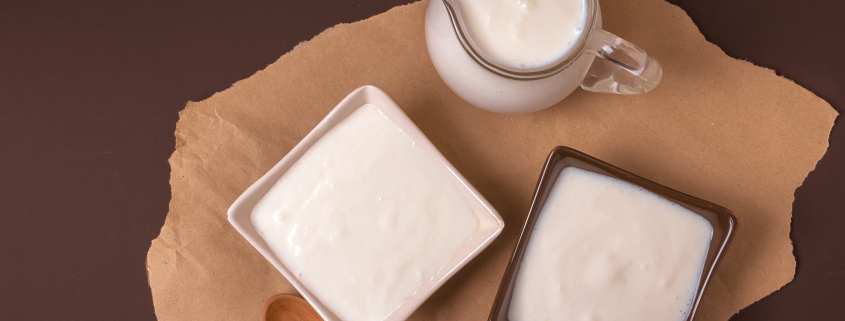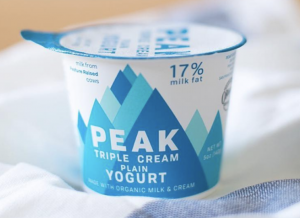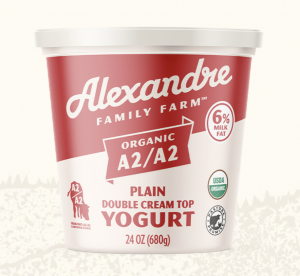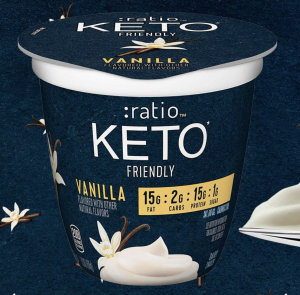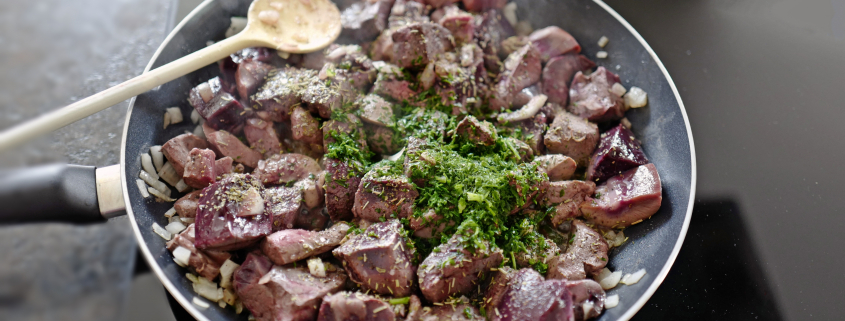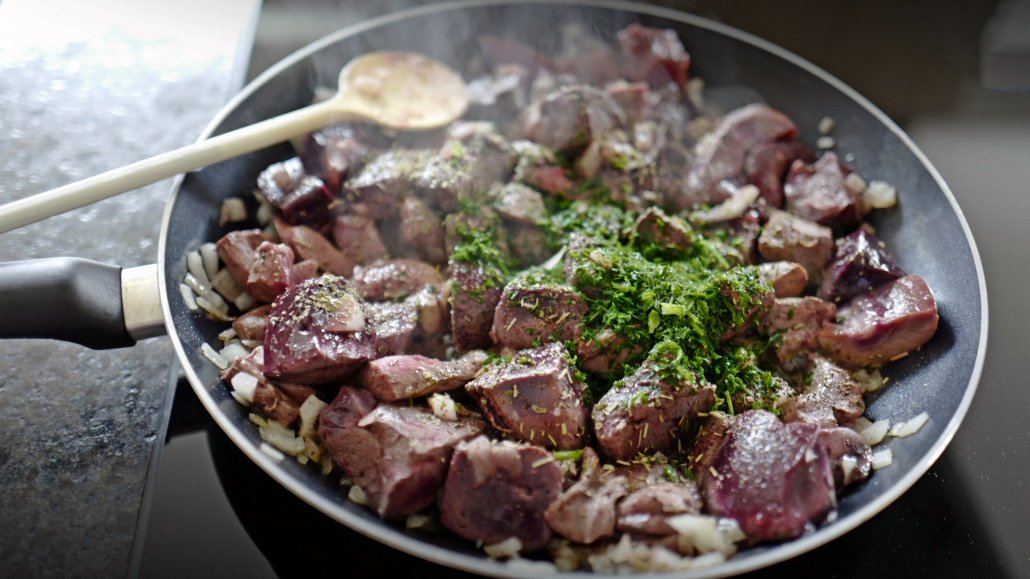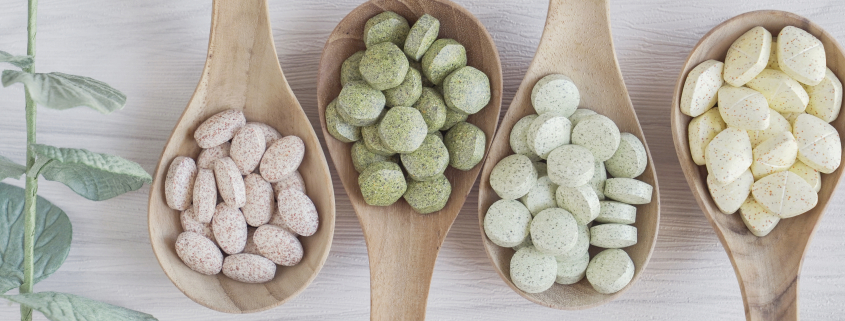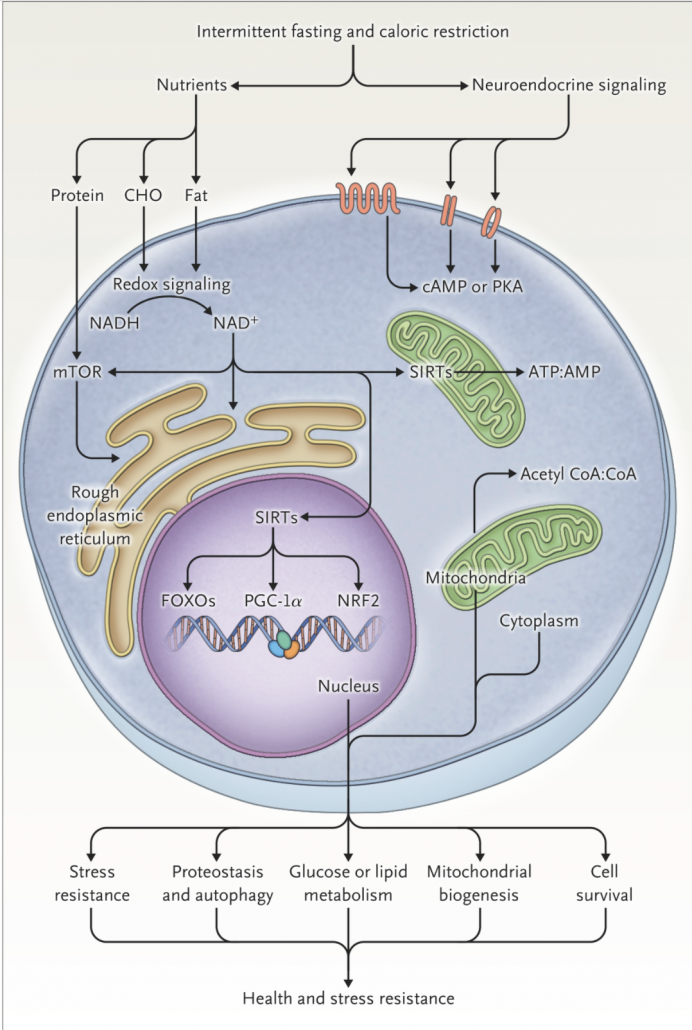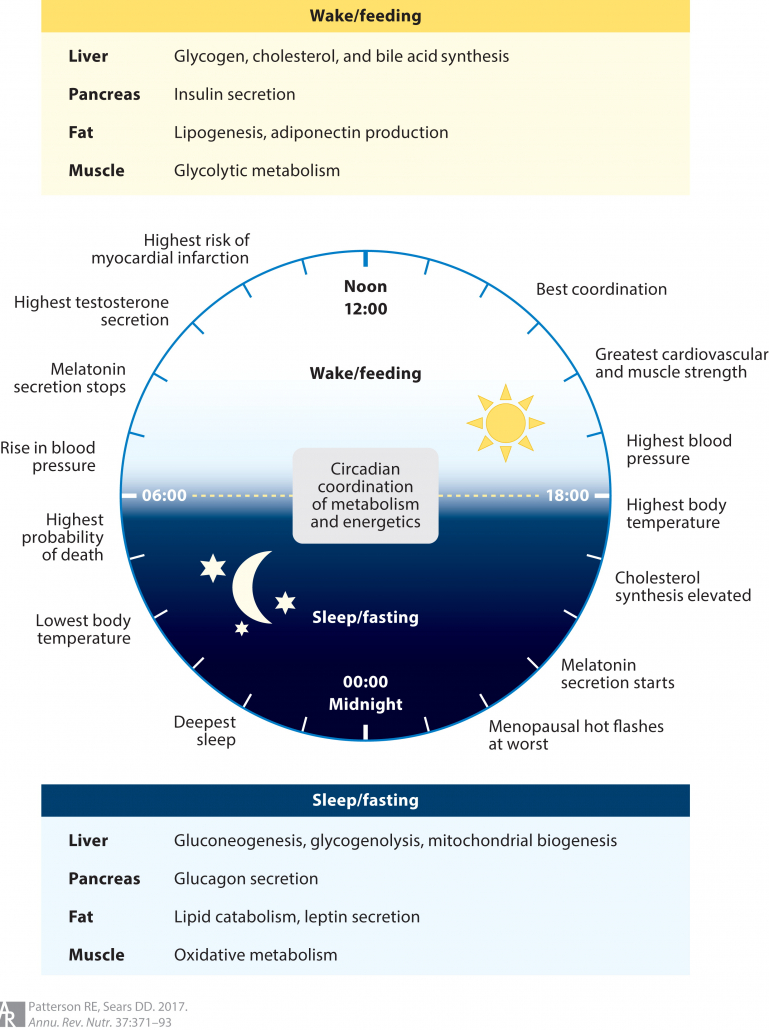Keto Snacks 101: Ranking the Best Keto-Friendly Snacks to Make and Buy
The keto diet is based on satiating fat-rich meals which makes the desire for snacking less frequent. However, there can be times when you’re on the run and need keto-friendly snacks to keep you on track and it’s not always easy choosing the best keto snacks to buy.
Though there are new packaged keto snacks popping up on shelves seemingly every week, these can be highly processed.
At the same time, it’s easy to forget that there are simple whole foods that make for easy and wholesome keto snacks.
The truly best approach to keto snacks is to kick the snacking habit entirely by combining keto and intermittent fasting approaches like OMAD. But if you need some help making the transition this article will cover the best keto snacks, from whole foods staples, to packaged keto foods. We’ll also offer some simple money saving recipes.
[TOC]
The Best Whole Food Keto Snacks to Buy
Practically any food that’s low in carbs, high in fat, moderate in protein, and low in antinutrients, can technically be a keto snack. But the healthiest keto snacks are minimally processed animal derived foods.
These can be considered carnivore keto snacks since they’re completely free of:
- Any added sugars
- Soy sauce and other plant based flavorings
- Any seed or vegetable oil
Top carnivore keto snacks include:
- Steak Leftovers
- Eggs
- Cheese
- Kiltz’s Keto Ice Cream
- Butter (Keto) Coffee
- Bone Broth
- Pork Rinds
- Beef Jerky
Non-carnivore keto snacks include:
- Avocado
- Olives
- Nuts
- Berries & Cream
- Chocolate
- Keto Smoothies
- Coconut Yogurt
1. Steak Leftovers
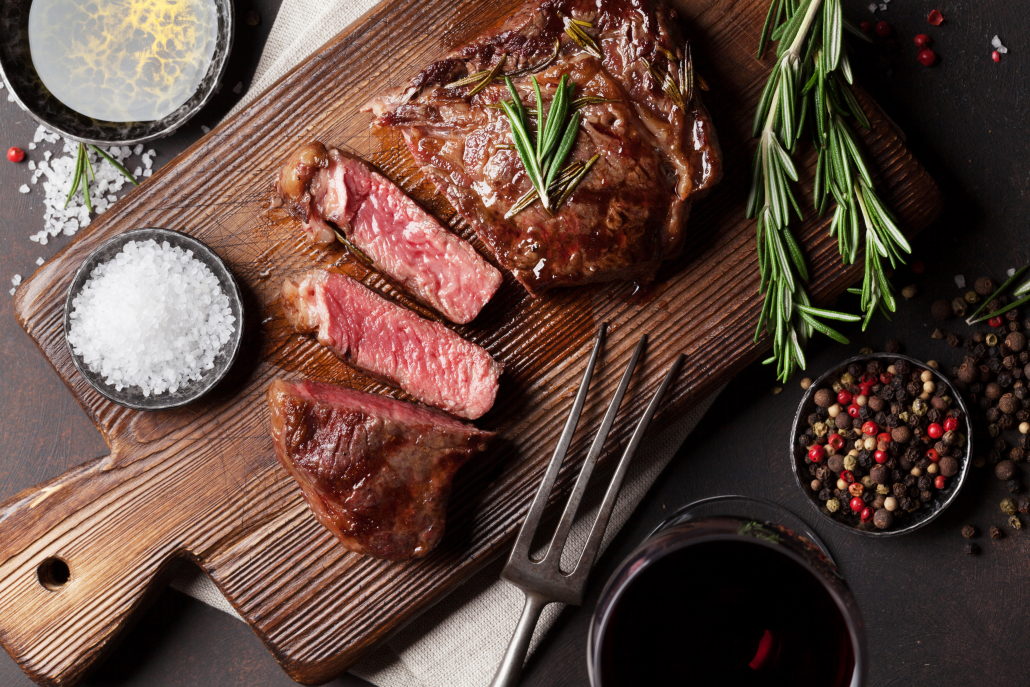
Steak on keto, fresh out of the pan, and off the grill is fantastic but even cold and day-old, leftover steak is the healthiest, most nourishing keto snack on earth. But don’t take our word for it.
Fatty cuts of steak like ribeye are among the most nutrient-dense foods in the world, and the best keto meats, providing every essential macro and micronutrient, even vitamin C, in near-perfect proportions for our bodies.
In addition, to complete protein, nourishing fats, an abundance of B vitamins, zinc, and selenium, leftover ribeye steak provides beneficial nutrients only found in meat. These include:
- Carnitine: supports male fertility, reduces anemia, improves mitochondrial function, and supports heart health [19]
- Taurine: An antioxidant that can reduce glycation and oxidative stress, and offers significant improvements in overall mental health [21]
- Carnosine: Supports heart health and skeletal muscle formation. Reduces glycation, and protects against damage to telomeres, providing anti-aging benefits [20]
- Creatine: Associated with improved cognition and neuroprotection. Enhances athletic performance, and heart health [22].
Ribeye Nutrition Highlights
| Fat | High-Fat: 73% of calories from fat |
| Protein | Moderate: 20 grams/4 oz serving |
| Carbs | None |
| Vitamins | B vitamins, vitamin K2, selenium, |
| Minerals | Rich in zinc, copper, heme iron |
| Other | Numerous meat specific compounds like carnosine, carnitine, and creatine |
2. Eggs as a Keto Snack

If you’re looking for an easy anytime keto snack to buy, look no further than eggs. They’re delicious, nutritious, and — if you make a point to hard boil them in batches — super convenient.
Eggs Nutrition Highlights
| Fat | High-Fat: 55% of calories from fat |
| Protein | Moderate: 6 grams/egg |
| Carbs | Trace amounts |
| Vitamins | Vitamin A, vitamin D, vitamin B12, vitamin K2, choline, selenium |
| Minerals | Rich in zinc and copper |
| Other | Rich in lutein and other carotenoids |
Eggs are unusually high in cholesterol; a single egg yolk contains 237 milligrams. Yet, contrary to outdated nutritional advice, this cholesterol content is one of the features that makes eggs such a healthy keto snack.
A 2013 meta-analysis published in the British Medical Journal showed that eating an egg a day is not associated with an increased risk of coronary heart disease or stroke. [2]
And a 2017 meta-analysis confirmed that even people with existing heart disease risk factors can consume at least an egg a day without added risk. [3]
A Harvard study that looked at more than 80,000 female nurses found the same thing —egg consumption is not associated with an increased risk of heart disease. [4]
In fact, recent research shows that eating eggs may reduce your risk of heart disease.
A massive study involving 500,000 Chinese people found that those who ate the most eggs had the lowest risk of major cardiac events, CVD, ischemic heart disease, and CVD-related death. [5]
When taken together, the research clearly suggests that the connection between egg cholesterol and CVD is a myth.
Another myth: the idea that dietary cholesterol negatively impacts serum cholesterol. [6]
In fact, the cholesterol in eggs has been shown to increase HDL (good) cholesterol while for most people, leaving LDL (bad) cholesterol unchanged. [7][8]
3. Cheese as a Keto Snack
There are hundreds of types of cheese — and nearly all of them can be keto-friendly snacks.
One of the easiest and cheesiest keto snacks to buy are baked Parm Crisps. The ingredients list is pretty short–just baked cheese!
Cheese Nutrition Highlights
| Fat | High amounts: 50-80% of calories from fat (mostly saturated) |
| Protein | Moderate amounts (mostly from tryptophan) |
| Carbs | Low to trace amounts |
| Vitamins | Vitamin A, Vitamin D, Vitamin B12, Vitamin K2 (esp. if aged) |
| Minerals | Calcium |
| Other | Ideal calcium: phosphate ratio, rich in CLA |
Cheese is tasty and universally desirable, in fact, it’s the whole food that makes it on the Yale Food Addiction Scale, and the only food with a glycemic load of ZERO.3
A single ounce (28grams) of whole milk cheese provides on average 6-10 grams of fat, 4-7 grams of complete protein, and only 0-1 grams of carbs. [9]
Keto cheese is also rich in health-promoting saturated fats. (To learn why these fats are not harmful, click here.)
Saturated fatty acids may be protective against cardiovascular problems. One of the most beneficial fatty acids in cheese is called CLA, or conjugated linoleic acid. CLA intake has been correlated with improved body composition and increased strength. [10]
Cheese is also rich in vitamin K2, a bone-building vitamin that most people on the standard American diet don’t get nearly enough of. [11]
Cheese is as diverse as it is healthy. Some of our favorite types of cheese to enjoy include gouda, parmesan, cheddar, chevre, creme fraiche, and cottage cheese.
4. Keto Ice Cream
Is ice cream keto? With Dr. Kiltz, it can be. His heavy cream-based option is as nutritious as it is delicious.
Keto Ice Cream Nutritional Highlights
| Fat | High amounts (87% of calories from fat) |
| Saturated Fat | 63% of fat is saturated |
| Protein | Low (5% of calories from protein) |
| Carbs | Low (9% of calories from carbs) |
| Vitamins | Vitamin B2, B12, A, D, E, Vitamin K2 |
| Minerals | Calcium, Iron, Selenium, Zinc |
| Other | Choline |
Dr. Kiltz’s keto ice cream recipe
The ingredients
- 1 pint heavy cream (Dr. Kiltz recommends Sidehill Farm)
- 1 egg (free-range eggs are best)
- 2 tbsp pure cane sugar/maple syrup
- 1 tbsp vanilla extract
Follow along with Doctor Kiltz as he prepares his Keto ice cream:
5. Butter (Keto) Coffee

Coffee is usually thought of as a beverage, but when you add butter other healthy keto fats and supplements like collagen powder, heavy cream, and ghee,it becomes an energy-boosting and sustaining snack.
Butter is rich in a wide variety of fat-soluble nutrients and healthy fats. The highlights include:
- Vitamins
- Selenium
- Iodine
- CLA
Butter contains up to 400 different fatty acids, including conjugated linoleic acid (CLA) and gut-health-boosting butyric acid and lauric acid. These saturated fats provide antimicrobial and antifungal properties. Studies show that lauric acid reduces pathogenic bacteria in the gut that significantly support intestinal health. [29]
When adding collagen you provide your body with the amino acid glycine, which has anti-stress, anti-aging, and anti-inflammatory effects [22].
Butter Coffee Nutritional Highlights
| Fat | High 80-99% of calories from butterfat |
| Protein | None-low when adding collagen powder |
| Carbs | Trace amounts |
| Vitamins | Vitamin A, D, E, and K2 |
| Minerals | Calcium, |
| Other | Glycine, an anti-inflammatory amino acid |
6. Bone Broth
There aren’t many foods as soothing as keto bone broth. While bone broth is a drink, it’s also a highly nutritious keto snack. Some people go so far as to rely on bone broth for on-the-go meals.
Kettle and Fire offer a variety of keto-friendly bone broths to choose from. We appreciate the fact that these broths are made from simmering bones for many hours, and not from “bone broth extract” like other brands. However, we do recommend adding in ghee, butter, or tallow to up your fat ratio.
Bone broth nutritional highlights
| Fat | Moderate amounts (40-60% from fat) |
| Protein | Moderate amounts (45-65% from protein) |
| Carbs | None |
| Vitamins | Vitamin A, Vitamin D, Vitamin K2 |
| Minerals | Calcium, phosphorus, silicon |
| Other | Glycine, an anti-inflammatory amino acid |
It’s quite telling that, as pioneering nutrition researcher Weston A. Price discovered, bone broth was used by virtually every ancient culture. Whether it was the base of a stew, or enjoyed alone, bone broth is universally popular. [21]
Bone broth’s healing properties are being validated by modern science. It’s nature’s best source of inhibitory amino acids, which the modern diet has swapped for excitatory amino acids (tryptophan, cysteine, etc.) found in muscle meat.
Drinking adequate bone broth may ward off aging, normalize GABA levels, and improve your mood. Many people have reported successfully using bone broth to sleep better. The drink is even good for digestion. Finally, bone broth fasting is thought to be beneficial for those with diabetes or epilepsy. [22][23][24][25][26][27][28]
7. Pork Rinds and Cracklings
In the South they’re called ‘cracklings.’ In Mexico they’re called “chicharrones.” Most people call them pork rinds or pork crisps, but most people who try them call them delicious.
Pork rinds are also naturally keto-friendly.
Try to find pasture-raised pork rinds if you can — their fatty acid profile will be better. There’s a growing amount of artisanal pork rinds make by keto-minded businesses, so finding this should become easier in the future.
Our favorite variety is Epic Maple Bacon Pork Cracklings which provide a great fat to protein ratio with quality ingredients and essentially no carbs.
8. Beef Jerky and Biltong
Beef jerky is another time-tested, keto-friendly snack to buy. Just be sure to read a product’s nutrition label before you buy, as many commercial jerkies contain way too much sugar and soy.
The best keto beef jerky we’ve found is People’s Choice Old Fashioned Original. It has no carbs and only a few simple ingredients.
But beware that though beef jerky is low in carbs, it’s also low in fat, making it merely keto-friendly, but not a true keto food.
Biltong
Biltong is a type of spiced, dried meat that essentially the South African version of beef jerky.
Common sources of biltong include beef, ostrich, or venison. Biltong is usually sugar-free. The best keto-friendly biltong we’ve found is: Righteous Felon Biltong Beef Jerky, It’s carb and gluten free, and really tasty.
Non Carnivore Keto Snacks
These keto snacks may contain unhealthy Omega-6 PUFA vegetable fats and plant toxins, making them less than ideal for most standard and carnviore keto eaters But for people on a vegetarian or vegan keto they can suffice.
Avocado as a Keto Snack
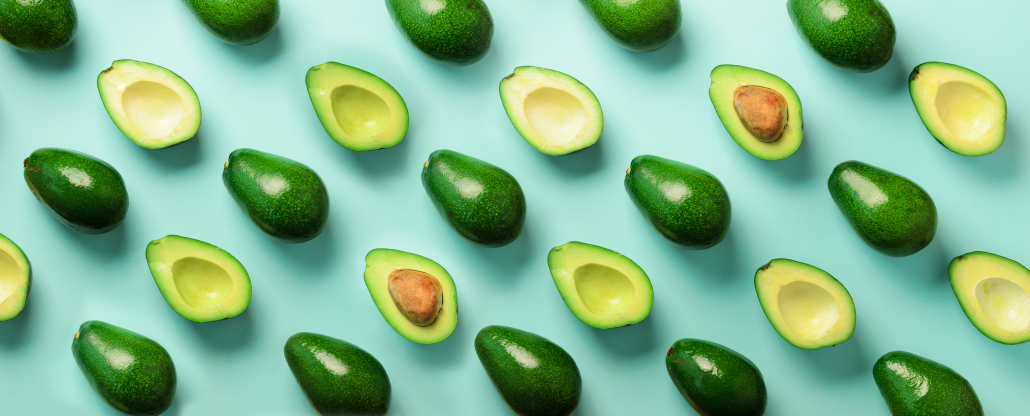
Avocado is a tasty, highly satiating keto snack. Plus, you can incorporate it into a surprising variety of keto-friendly recipes— guacamole, avocado pudding, and keto smoothies, which we’ll share below.
Avocado Nutrition Highlights
Per 1 large Avocado
| Calories | 322 |
| Total fat | 29 grams |
| Saturated fat | 4.3 grams |
| Trans fat | 0 grams |
| Cholesterol | 0 milligrams |
| Sodium | 14 milligrams |
| Carbohydrates | 17 grams |
| Net Carbs | 4 grams |
| Sugar | 1.3 grams |
| Protein | 4 grams |
| Vitamin C | 38% |
| Iron | 7% |
| Magnesium | 16% |
| Vitamin B6 | 30% |
While avocados are technically a fruit, they have much more in common with other keto-friendly vegetables.
Avocados are rich in healthy monounsaturated fats that may increase insulin sensitivity and reduce inflammation — boosting these benefits of your keto diet.
Avocados are also a plant food that is largely antinutrient-free. That is unless you have a rare latex allergy, in which case steer clear . [12][13]
One of our favorite ways to use avocados is as a topping for eggs fried or scrambled in tallow.
Olives as Keto Snacks
Olives are a heart-healthy, palate-pleasing keto snack. They’re also a pretty perfect finger food.
Olives Nutrition Highlights
| Fat | High amounts (mostly monounsaturated) |
| Protein | Moderate amounts |
| Carbs | Low amounts (in the form of fiber) |
| Vitamins | Vitamin E |
| Minerals | Iron, calcium |
| Other | Healthy fiber |
Rich in vitamin E and other natural antioxidants, studies show that olives may reduce inflammation and inflammation-related chronic diseases. [14]
The small amount of carbohydrates in olives are almost entirely from fiber. [15]
While olives are delightful plain, they become even better when enjoyed with a fatty cheese like feta.
Keto Nuts
Given their deliciousness, you might be glad to hear that nuts can make a decent keto snack in moderation.
It’s important to note that nuts are high in fiber, and contrary to popular fiber myth, this stuff is abrasive, and it ferments in the gut causing excess heat, inflammation, constipation, diverticulitis, and IBS [1][2].
Nuts can also expose you to high concentrations of antinutrients, and are very high in inflammatory omega-6 fatty acids.
Nuts Nutrition Highlights
| Fat | Large amounts (saturated/MUFA/PUFA depending on type) |
| Protein | Moderate-large amounts (rich in arginine) |
| Carbs | Low-moderate amounts |
| Vitamins | Vitamin E, Vitamin B6, Zinc |
| Minerals | Selenium, iron, magnesium |
| Other | Antioxidants, omega 3’s |
On the positive side, nearly all types of nuts contain health-promoting vitamins, minerals, and fats. Studies show that eating nuts may improve body composition and reduce your risk of heart disease [16].
There are two primary things to keep in mind when selecting the best keto-friendly nuts: PUFA (polyunsaturated fatty acid) content, and antinutrient content.
Macadamia nuts stand out from most other nuts because they’re unusually low in both substances. Walnuts, pecans, and almonds are also decent choices. [17]
Berries and Heavy Cream Keto Snacks
Most fruits are a no-go on the keto diet, but mixed berries make an exception that most people are grateful for.
Berries and Cream Nutrition Highlights
| Fat | Large amounts (mostly saturated) |
| Protein | Virtually none |
| Carbs | Moderate amounts |
| Vitamins | Vitamin A, Vitamin C |
| Minerals | Manganese |
| Other | Rich in antioxidants, alkaline pH |
Berries lower in sugar than most other fruits. Most types of berries are only 5-10% net carbs by weight. [18]
Berries have a practical upside, too: they’re satiating enough to be difficult to overeat. Many people on the keto diet can enjoy berries without triggering carb addictions.
Blackberries, raspberries, and strawberries are the best of the best when it comes to keto-friendly fruits.
To ensure a satiating experience, combine berries with unsweetened whipped cream or creme fraiche.
Dark Chocolate
Chocolate may not be the first thing you think of when you hear the word keto, but dark chocolate can be surprisingly keto-friendly.
There are also a number of keto chocolates with extra-low carbs that provide a great way to satisfy your sweet tooth without kicking yourself out of ketosis.
Choc-zero dark chocolate Keto Bark is the tastiest zero-carb chocolate keto snacks to buy that we’ve come across.
Dark Chocolate Nutritional Highlights
| Fat | High amounts: 60-90% of calories from fat (mostly saturated) |
| Protein | Trace amounts |
| Carbs | Moderate to Trace amounts |
| Vitamins | B vitamins |
| Minerals | Iron, magnesium |
| Other | ‘Feel good’ neurotransmitters |
Dark chocolate is chock-full of healthy fats. Its fat content is a perfect mix of oleic, stearic, and palmitic acid. Stearic acid, for one, has been found to promote mitochondrial health, and triggering your cells in ways that promotes body composition. [19]
Chocolate also contains substances like the endocannabinoid anandamide, that may naturally boost your mood [20].
Chocolate can be a great addition to many keto snack recipes. You can combine it with macadamia nuts to make ultra-rich chocolate bars or drizzle it over strawberries for a decadent evening snack.
If you’re going to enjoy chocolate on the keto diet, make sure you select the ultra-dark variety — 88% or more is ideal. We’re thankful to report that more and more brands are now offering stevia-sweetened chocolates, too.
Avocado Chocolate Keto Smoothies
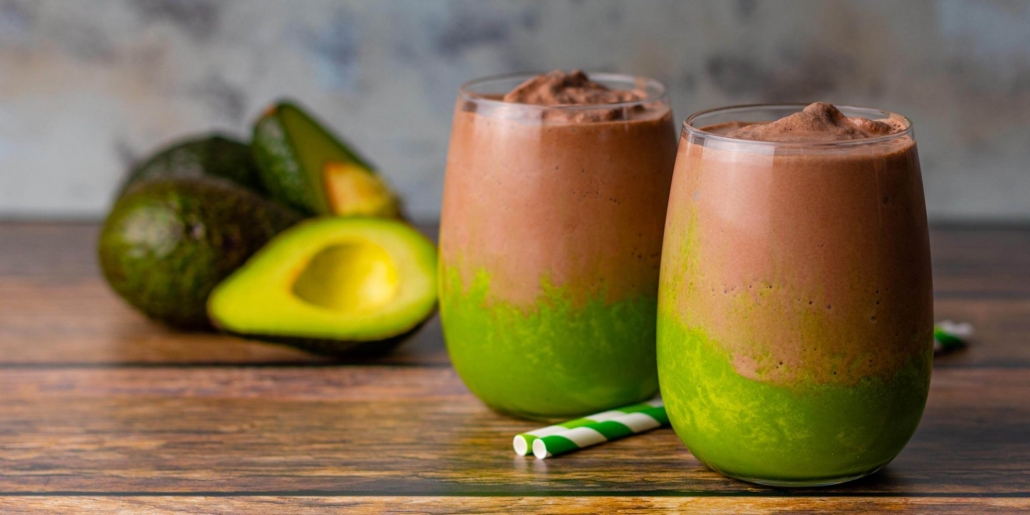
If you thought that keto meant kissing your morning smoothie goodbye, think again. An avocado keto smoothie can headline the snack portion of a well-formulated keto meal plan.
Keto Smoothie Nutritional Highlights
| Fat | Moderate-high |
| Protein | Moderate |
| Carbs | Low |
| Vitamins | Vitamin A, vitamin E, vitamin C |
| Minerals | Iron, selenium |
| Other | Alkaline pH |
Keto smoothies call for swapping traditional fruits for coconut, avocado, and/or nut butter. For sweetness, add stevia or another naturally derived, low-carb sweeteners. And don’t skimp on the fat-packed hemp hearts! So long as your keto smoothie’s ingredients are low-carb, nutrient-dense, and low in antinutrients, the sky is the limit.
In addition to their antioxidants and yumminess, keto smoothies have one more major benefit: their pH levels. pH refers to whether a food is acidic or alkaline. Keto smoothies are nearly always highly alkalizing, which means they can balance out the acidity of the keto diet’s animal products and help your body keep calcium in the areas it belongs. [29]
Here’s our simple keto chocolate avocado recipe to try, just blend together the following ingredients:
- 1 ripe avocado
- 1 cup full-fat cream
- 2 tbsp cacao
- 2 tbsp hemp hearts
- 2 scoops (22g) bovine collagen peptides
- 1 tsp cylon cinnemon
- 1/2 tsp vanilla
- Stevia to taste
Coconut Yogurt
Coconut yogurt delivers high amounts of healthy fats, including a type of medium-chain triglyceride (MCT) that can help the body transition into ketosis and reduce certain keto side effects. 12
As with any keto yogurt, it’s best to choose the least processed options with the highest fat to carb and protein ratio. The brand Cocojune is the best that we know of.
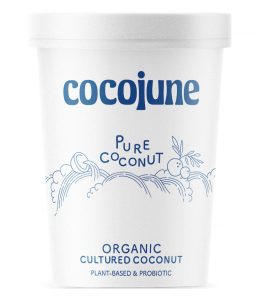
However, most keto yogurts contain moderate carbs and therefore should be consumed in moderation.
Coconut Yogurt Nutritional Highlights
| Fat | High amounts (containing MCTs): Up to 36 grams per cup! |
| Protein | Trace amounts: Average 4 grams per cup |
| Carbs | Moderate to low amounts: Average 12 grams per cup |
| Vitamins | Vitamin D, vitamin B12 (fortified) |
| Minerals | Calcium (fortified) |
| Other | Antibacterial fiber, fatty acids, and beneficial probiotics |
Coconut yogurt is a great source of probiotics and prebiotics, two classes of bacteria that have been shown to foster nutrient assimilation and digestion. [30]
Packaged Keto Snacks to Buy
In addition to the top eleven keto snacks listed above, here are four more keto snacks to buy that check the low carb/high nutrient boxes:
- Freeze-dried beef organs
- Pork rinds and cracklins
- Beef jerky and Biltong
- Seaweed
Dried Beef Organs
For most of human history, our ancestors prized nutrient-dense organ meats over all other foods. But today organ meats are hard to come by and downright unpalatable.
And even if you do develop a taste for them, finding quality grass-fed varieties can be nearly impossible.
That’s where grass-fed organ supplements come into play. You can take the ancestral nutrition of organ meats with you anywhere for an on-demand energy boost.
Many people who “snack” on grass-fed organ meats report a tangible energy boost and mental clarity.
The best organ meat supplements are sourced from grass-fed New Zealand beef.
They contain healthier types of fatty acids, including conjugated linoleic acid and stearic acid, that have been shown to improve body composition. [31][32][33][34][35] Cutting-edge research is just beginning to hint that organ supplements from happy, pasture-raised cows are more nutritious than other alternatives. [36]
Dr. Kiltz Nutritional Solutions Supplements are freeze-dried to harness the full power of the organ meats they contain. [37] Each 3 gram serving of organ capsules contains a full ounce’s worth of ‘fresh’ beef organs. [38][39]
Seaweed
Is seaweed keto? Yes, it is. Not only that, but you can use nori seaweed sheets to make a keto-friendly sushi snack.
Just get a pack of seaweed sheets and add salmon and cream cheese.
As an added plus, seaweed is rich in minerals that aren’t easy to get through land-based foods. [40]
Keto Snacks to Avoid
- Milk/coffee/tea
- High-carb fruits
- Cashews
Coffee and Tea with Milk
While coffee is keto-friendly, most coffee drinks (lattes, cappuccinos, et cetera) are not. A medium latte can contain up to 20 grams of carbs. Be sure to stick with coffee with cream, and skip the sugar to enjoy it on your keto diet.
Fruit
With the exception of berries, most fruits are very high in carbs, and should be limited and avoided on a keto diet.
Cashews
Cashews are one of the most carb-rich nuts out there. They’re also easy to overeat, so opt for keto-friendlier varieties like macadamia nuts, pecans, and walnuts.
The Best Keto Snacks to Buy: The Bottom Line
Well-formulated keto meals are very satiating, so snacking isn’t usually a big deal, and can be entirely avoided when practicing One Meal a Day (OMAD) intermittent fasting, and speed keto. But we all need an energy boost now and then. These delicious whole food keto snacks to buy and make will help keep your energy levels in the black:
Top carnivore keto snacks include:
- Steak Leftovers
- Eggs
- Cheese
- Kiltz’s Keto Ice Cream
- Butter (Keto) Coffee
- Bone Broth
- Pork Rinds
- Beef Jerky
Non-carnivore keto snacks include:
- Avocado
- Olives
- Nuts
- Berries & Cream
- Chocolate
- Keto Smoothies
- Coconut Yogurt











